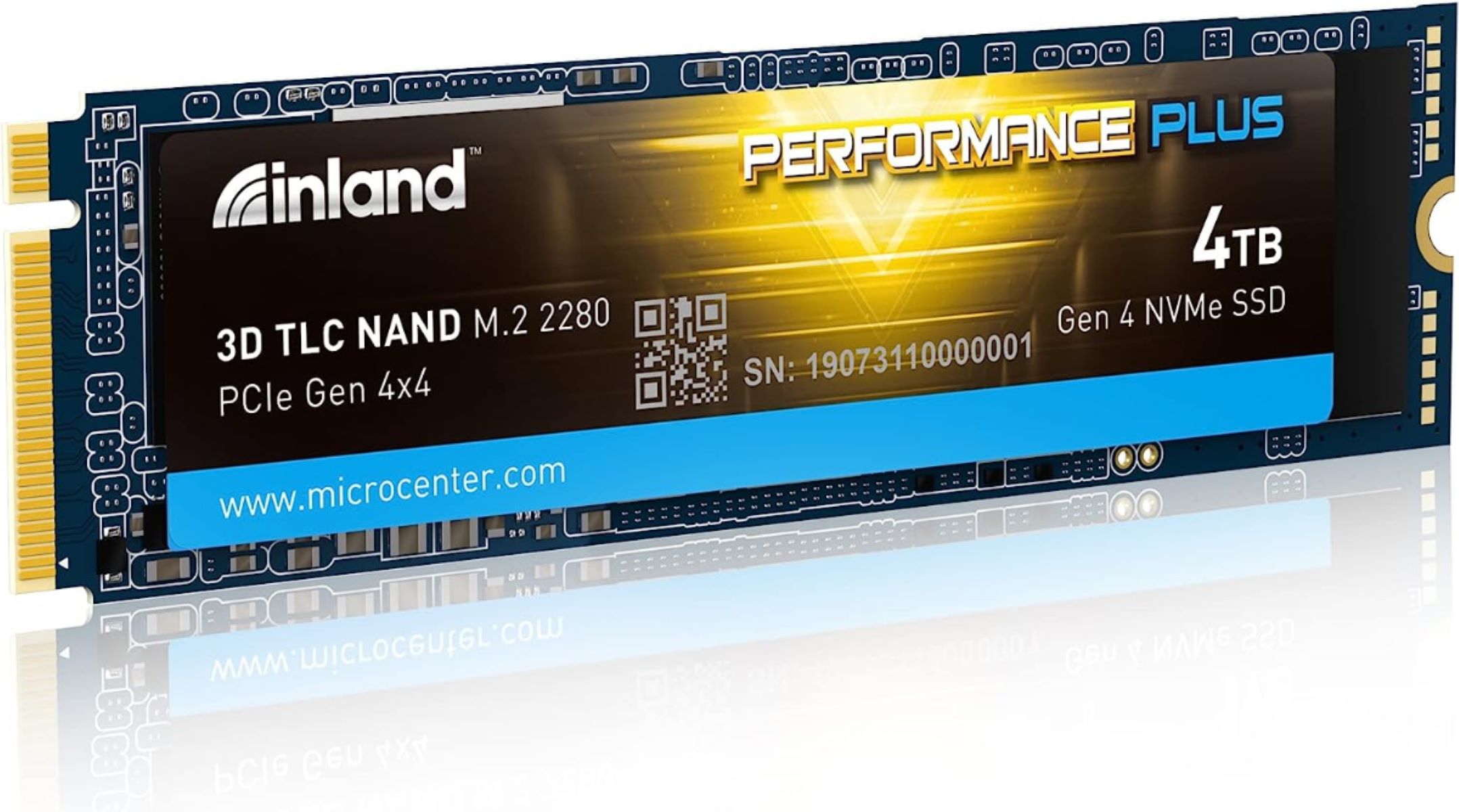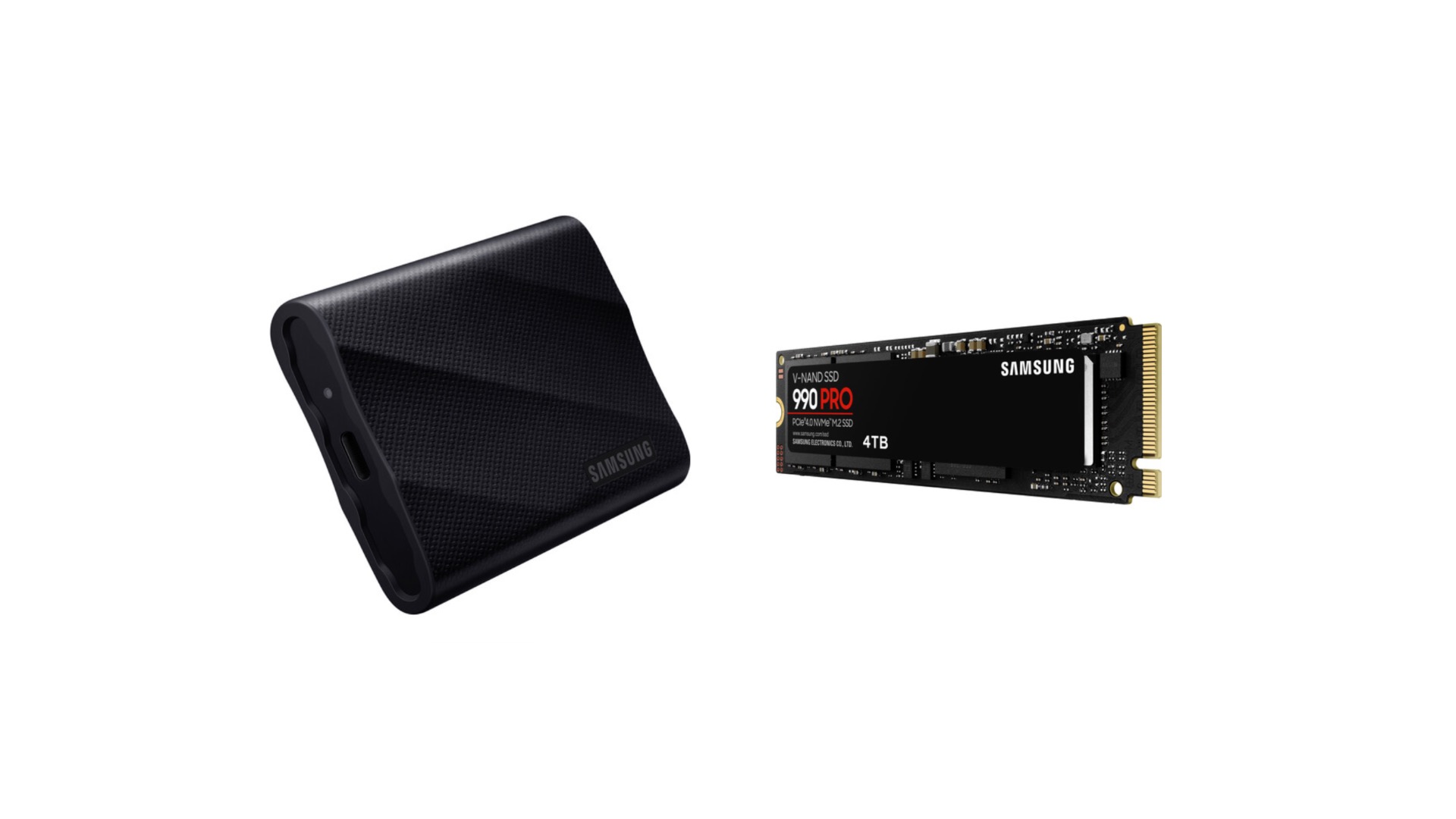Introduction
Welcome to this guide on how to install SANS SIFT Workstation. The SANS SIFT (SANS Investigative Forensic Toolkit) Workstation is a powerful tool used in digital forensics and incident response. It is a Linux distribution specifically designed for forensic analysis and contains a wide range of pre-installed tools and utilities.
Whether you’re a digital forensics professional or just getting started in the field, having the SIFT Workstation installed on your system can greatly enhance your capabilities and make your investigations more efficient.
In this step-by-step guide, we will walk you through the process of downloading and installing the SIFT Workstation. We will cover everything from downloading the installation media to configuring the network settings and completing the installation.
By the end of this guide, you will have a fully functional SIFT Workstation ready to be used for your forensic analysis and incident response tasks.
Without further ado, let’s dive into the installation process of the SANS SIFT Workstation!
Step 1: Downloading the SIFT Workstation
The first step in installing the SANS SIFT Workstation is to download the installation media. You can obtain the installation ISO file from the SANS website.
Start by visiting the SANS website and navigate to the SIFT Workstation download page. Look for the latest version of the SIFT Workstation and click on the download link to get the ISO file.
Once the download is complete, you will have the SIFT Workstation ISO file on your computer. Make sure to verify the integrity of the downloaded file by checking its checksum or using a tool such as MD5 or SHA-256. This step ensures that the file has not been tampered with during the download process.
If the file passes the integrity check, you can proceed to the next step. If not, download the file again and verify its integrity before proceeding.
Now that you have successfully downloaded the SIFT Workstation ISO file, you are ready to move on to the next step and prepare the installation media.
Step 2: Preparing the Installation Media
After downloading the SANS SIFT Workstation ISO file, the next step is to prepare the installation media. You have two options for creating the installation media: burning the ISO file to a DVD or creating a bootable USB drive.
If you prefer using a DVD, insert a blank DVD into your computer’s DVD drive. Then, using a disc burning software, select the SIFT Workstation ISO file and follow the instructions to burn it to the DVD. Once the burning process is complete, you will have a bootable DVD that can be used for installation.
If you prefer using a USB drive, insert a USB drive with sufficient storage capacity into your computer. Make sure the USB drive is formatted and empty since the installation process will erase all data on the drive. You will also need a tool like Rufus or Etcher to create a bootable USB drive. Open the tool and select the SIFT Workstation ISO file. Choose the USB drive as the target device and start the process. After the tool finishes creating the bootable USB drive, it will be ready for installation.
With the installation media prepared – whether it’s a DVD or a bootable USB drive – you’re ready to proceed to the next step: booting from the installation media.
Step 3: Booting from the Installation Media
Now that you have the installation media prepared, it’s time to boot your computer from it. To do this, you will need to adjust your computer’s boot order settings.
Start by inserting the installation DVD into your computer’s DVD drive or connecting the bootable USB drive to a USB port.
Next, restart your computer and enter the BIOS setup. The specific key to access the BIOS varies depending on the computer manufacturer, but it is typically F2, F12, or the DELETE key. Consult your computer’s documentation or do a quick internet search to find the correct key for your computer.
Once you are in the BIOS setup, navigate to the “Boot” or “Boot Order” section. Adjust the boot order so that the DVD drive or USB drive is set as the first boot device. Save the changes and exit the BIOS setup.
When your computer restarts, it should boot from the installation media you inserted. You may see a “Press any key to boot from CD/DVD” or a similar message if you are using a DVD, or the installation process may start automatically if you are using a USB drive.
Follow the on-screen instructions to proceed with the installation. You are now ready to move on to the next step and select the type of installation you want.
Step 4: Selecting the Installation Type
Once you have booted from the SIFT Workstation installation media, you will be prompted to select the type of installation you want. You have two options: graphical or text-based installation.
The graphical installation provides a user-friendly interface with easy-to-understand visuals and prompts. It is recommended for most users, especially if you are new to the SIFT Workstation installation process.
To proceed with the graphical installation, simply follow the on-screen instructions. You will be guided through the various steps of the installation process, including configuring the network settings and creating a user account.
If you prefer a more minimalistic and text-based installation, you can choose the text-based installation option. This mode is suitable for advanced users who are comfortable with command-line interfaces and want more control over the installation process.
During the text-based installation, you will be presented with a series of prompts and menus. You will need to navigate through these options manually and provide the necessary information.
Choose the installation type that best suits your needs and level of expertise. Once you have made your selection, proceed to the next step and configure the network settings.
Step 5: Configuring the Network Settings
After selecting the installation type, the next step is to configure the network settings for your SIFT Workstation.
If you are connected to a wired network, the SIFT Workstation will attempt to obtain an IP address automatically through DHCP. In most cases, this is the recommended option as it simplifies the configuration process.
If you are using a wireless network, you will be prompted to select your wireless network from a list of available networks. Enter the necessary credentials, such as the network name (SSID) and the password, to establish a connection.
If your network requires manual configuration, you will need to select the “Manual” option and provide the IP address, subnet mask, gateway, and DNS server information manually.
Once you have configured the network settings, the SIFT Workstation will attempt to connect to the network. You can test the network connection by pinging a remote server or accessing a website using a web browser.
Having a functioning network connection is crucial for the SIFT Workstation as it allows you to access updates, download additional tools, and share findings with other systems or network devices.
Once you have confirmed that the network settings are correctly configured and the network connection is functional, proceed to the next step where you will set up the user account.
Step 6: Setting up the User Account
Setting up a user account is an essential step in the SIFT Workstation installation process. It allows you to securely log in and manage the system with your own credentials.
During the installation, you will be prompted to provide the necessary information for creating a user account. This typically includes your full name, username, and a strong password.
It’s important to choose a strong password that is not easily guessable and includes a combination of uppercase and lowercase letters, numbers, and special characters. This will help protect your SIFT Workstation from unauthorized access.
Additionally, you may have the option to enable automatic login. Enabling this feature allows the system to automatically log you in without requiring a password each time you start the SIFT Workstation. However, it is generally recommended to disable this feature for security reasons, especially if you plan to use the workstation in a shared or public environment.
Once you have entered the required information and set up your user account, review the details to ensure accuracy. Double-check the spelling of your username and ensure that your password is strong and memorable.
With the user account successfully set up, you are ready to proceed to the next step and select the installation drive for the SIFT Workstation.
Step 7: Selecting the Installation Drive
During the SIFT Workstation installation process, you will have the option to select the installation drive where the operating system will be installed.
If you have only one hard drive in your computer, the installation process will automatically select it as the installation drive. In most cases, this is the desired option, and you can proceed with the default selection.
However, if you have multiple hard drives or partitions, you will be presented with a list of available drives. Take your time to carefully examine the options and choose the appropriate drive for the installation.
It is important to note that selecting the wrong drive can result in data loss, so exercise caution during this step. If you are unsure which drive to choose, it is recommended to consult with an experienced technician or perform a backup of important data before proceeding.
Once you have selected the installation drive, you may be prompted to partition and format the drive. You can typically choose the default partitioning scheme, which will create the necessary partitions for the installation.
It is worth noting that the SIFT Workstation requires a considerable amount of disk space due to the pre-installed tools and utilities. Ensure that the selected drive has enough free space to accommodate the installation.
After selecting the installation drive and completing any necessary partitioning and formatting, confirm your choices and proceed to the next step to finalize the installation.
Step 8: Confirming the Installation
After selecting the installation drive and partitioning, the next step is to confirm the installation settings before proceeding with the actual installation.
During this step, you will be presented with an overview of the installation settings you have selected so far. Take a moment to carefully review all the details to ensure they are correct.
Pay close attention to the installation drive, partitioning scheme, network settings, and user account information. Confirm that everything is as intended before proceeding.
If you spot any errors or discrepancies, you may have the option to go back and make the necessary changes to the settings. This allows you to correct any mistakes or adjust any configurations that need attention.
However, once you confirm the installation, the actual installation process will begin, and any changes to the chosen settings may not be possible without reinstalling the operating system from scratch.
Therefore, it is crucial to double-check all the settings and ensure they align with your requirements and intentions.
Once you are confident that the installation settings are correct, confirm the installation to initiate the installation process. Depending on the system’s hardware and the chosen options, the installation process may take some time to complete.
During the installation, you may see progress indicators or prompts for additional actions, such as installing additional components or configuring specific settings.
Once the installation process is fully completed, you will be notified, and you can proceed to the next step to set the time zone for your SIFT Workstation.
Step 9: Setting the Time Zone
Setting the correct time zone is important to ensure accurate timekeeping on your SIFT Workstation. The time zone affects various aspects of the system, such as file timestamps, system logs, and synchronization with network time servers.
During the installation process, you will be prompted to select your time zone from a list of available options. Locate your region and choose the specific time zone that aligns with your location or the desired time zone for your investigations.
If you’re unsure about the specific time zone to select, you can use a city or location in your region that closely represents your time zone. This will generally provide accurate timekeeping for your SIFT Workstation.
It’s crucial to ensure that the selected time zone is accurate to avoid any discrepancies when analyzing time-based artifacts or comparing timestamps across different systems.
Once you have selected the appropriate time zone, confirm your choice and proceed to the final step of the installation process.
Setting the correct time zone is just one aspect of maintaining accurate timekeeping on your SIFT Workstation. It is also recommended to configure network time synchronization to ensure the system’s clock remains synchronized with trusted time servers.
With the time zone set, you are now ready to complete the installation process and start utilizing the powerful features of the SIFT Workstation for your digital forensic analysis and incident response tasks.
Step 10: Completing the Installation
Congratulations! You have reached the final step of the SIFT Workstation installation process – completing the installation.
During this step, the remaining installation tasks will be finalized, and any additional configuration settings will be completed.
Once the time zone is set, the SIFT Workstation installation will proceed to configure any remaining system settings, including language preferences, system updates, and additional software packages.
Depending on your chosen installation type and network connectivity, the installation may require downloading and installing updates or additional software components to ensure your system is up to date.
It is important to let the installation process complete without interruption to ensure a successful installation. This may involve waiting for the system to install updates or software packages, which might take some time.
Once all these tasks are completed, you will receive a notification that the installation has finished successfully.
At this point, you will be prompted to restart your computer. Take this opportunity to save any open documents or files and close any running applications before initiating the restart.
After the system restarts, you will be greeted with the login screen of your newly installed SIFT Workstation.
Enter the username and password you created during the installation process to log in to your SIFT Workstation.
Congratulations! You have successfully completed the installation of the SANS SIFT Workstation on your computer. You can now start leveraging its powerful forensic analysis and incident response tools to investigate and analyze digital evidence.
Remember to keep your SIFT Workstation up to date with the latest security updates and periodically back up your important data to ensure a smooth and secure forensic analysis workflow.
Enjoy using the SIFT Workstation and its comprehensive suite of tools for your digital forensic investigations!
Conclusion
Installing the SANS SIFT Workstation can greatly enhance your digital forensics and incident response capabilities. This comprehensive guide has walked you through the step-by-step process of downloading and installing the SIFT Workstation, from preparing the installation media to completing the installation.
We started by downloading the SIFT Workstation ISO file from the SANS website and preparing the installation media, either by burning the ISO file to a DVD or creating a bootable USB drive.
Next, we booted from the installation media and selected the installation type, either graphical or text-based, depending on your preference and level of expertise.
After configuring the network settings and setting up the user account, we selected the installation drive and confirmed the installation settings.
Setting the time zone and completing the installation process were the final steps before enjoying the powerful features of the SIFT Workstation.
The SIFT Workstation provides a wide range of pre-installed tools and utilities designed for forensic analysis and incident response. With these tools at your disposal, you will be able to perform thorough investigations and effectively handle security incidents.
Remember to regularly update your SIFT Workstation with the latest security patches and keep backups of your important data to maintain the integrity of your forensic environment.
Now that you have successfully installed the SANS SIFT Workstation, you are well-equipped to tackle complex digital forensics challenges and contribute to the cybersecurity field.
Explore the capabilities of the SIFT Workstation, enhance your digital forensics skills, and keep up with the latest trends and techniques in the ever-evolving world of cybersecurity.
Happy forensic analysis and incident response!

























